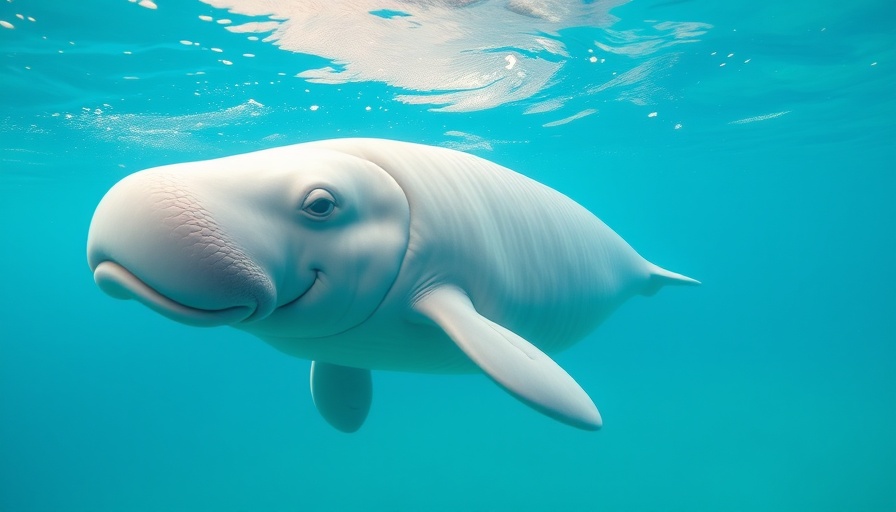
The Crisis Beneath the Waves: Dugongs at Risk
Thailand’s marine biodiversity is facing a significant threat as the once-thriving seagrass meadows, essential for the survival of dugongs, have dwindled alarmingly in recent years. A startling increase in dugong deaths has raised alarm bells among researchers and conservationists alike. The Department of Marine and Coastal Resources (DMCR) reported a sharp rise in mortality rates, with 45 dugongs perishing in 2023, compared to an average of just 13 annually. Reports indicate that the situation has deteriorated severely in 2024.
Understanding the Loss: Seagrass and Its Importance
Seagrass ecosystems are one of the most productive marine habitats, playing a crucial role in maintaining ecological balance. These underwater gardens not only provide food for dugongs—an ancient herbivorous mammal—but also foster biodiversity by serving as nurseries for various fish species. The alarming trend of seagrass decline, observed primarily along southern Thailand's coastal regions like Krabi and Trang, is believed to be linked to climate change-related factors.
The Effects of Climate Change on Seagrass Habitats
Research shows that altered climate patterns have led to periods of significantly low tides, exposing seagrass blades to damaging conditions. Milica Stankovic, a marine researcher, noted that Ao Nammao Bay in Krabi had seen its seagrass coverage collapse from a healthy 60% to a mere 1% within a year. Such drastic reductions jeopardize the already vulnerable dugong populations, as these mammals depend almost exclusively on seagrass for nourishment.
Innovative Actions to Conserve Dugongs
As the crisis unfolds, numerous initiatives are underway to address the challenges faced by dugongs. The DMCR has initiated innovative projects, including the cultivation of seagrass beds and supplementation of diets with alternative vegetation like Chinese cabbage. This innovative approach aims to address immediate food shortages while broader efforts to restore seagrass habitats take place.
A Call for Community Engagement and Sustainable Practices
Public awareness and cooperation are paramount in these conservation efforts. Stakeholders are encouraged to engage actively in protecting seagrass ecosystems. By embracing sustainable living practices such as reducing pollution, supporting eco-friendly products, and acting as stewards for wildlife, communities can play a pivotal role in reversing trends of environmental degradation.
The Future of Dugongs: Hope Amid Challenges
While the prognosis for Thailand's dugongs appears grim, conservation experts emphasize the need for a multifaceted approach to preserve these iconic creatures. The urgency to safeguard seagrass habitats is real, with forecasts suggesting that without immediate action, dugong numbers could plunge by as much as 70% over the next few years. However, ongoing research and collaborative efforts provide hope that with the right initiatives, Thailand can restore its marine biodiversity and ensure a thriving future for dugongs.
Taking Action Together
To support dugong conservation, individuals can advocate for sustainable practices and contribute to local conservation initiatives. Whether participating in beach clean-ups, using eco-friendly transportation, or supporting organizations working towards environmental conservation, every small action can lead to substantial impacts. It’s time to come together to protect these magnificent marine mammals and the ecosystems they call home.
 Add Row
Add Row  Add
Add 



Write A Comment